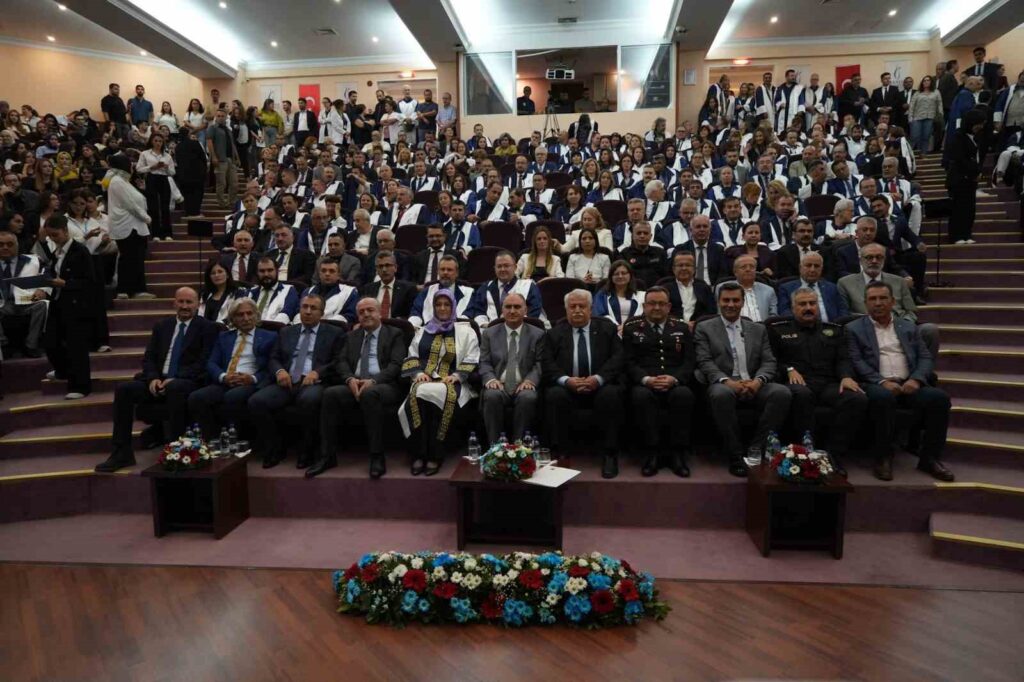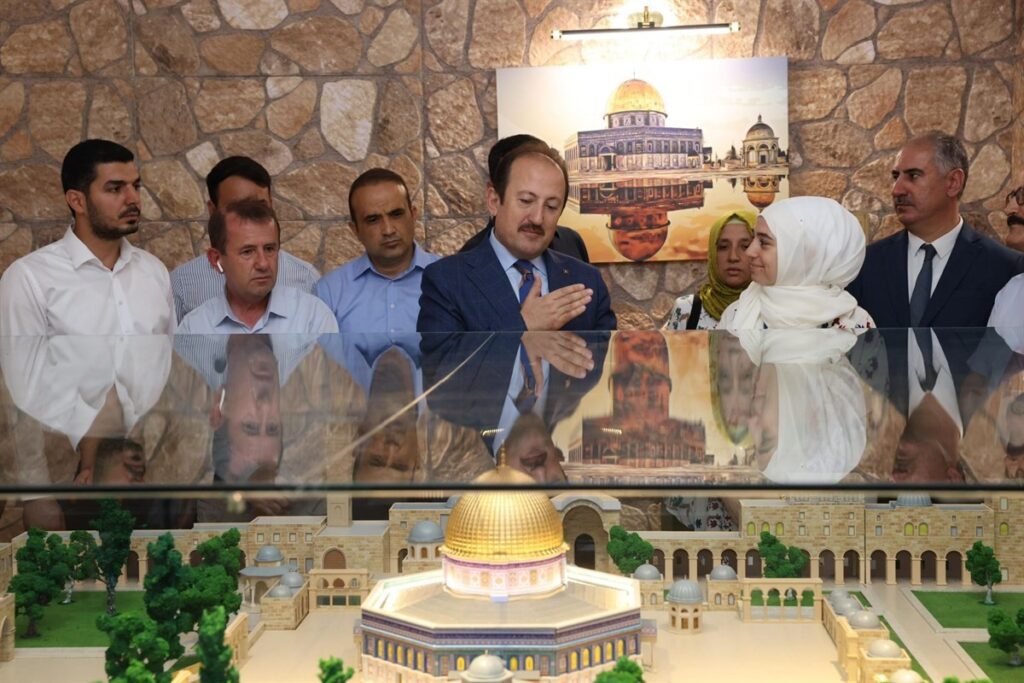The Prayer Tree is being exhibited at the university.
The branches of the giant plane tree, which is said to have been planted and prayed for by the great scholar and religious figure known as Somuncu Baba to protect Bursa from disasters, are being exhibited at Bursa Uludağ University. The 650-year-old Duaçınarı is one of the spiritual symbols of Bursa.

The branches of the giant plane tree, which is said to have been planted and prayed by the great scholar and religious figure known as Somuncu Baba to protect Bursa from disasters, are now on display at Uludağ University.
The 650-year-old Prayer Tree, one of the spiritual symbols of Bursa, fell during a storm in the 1990s. Today, certain parts of the Prayer Tree are preserved and have begun to be exhibited in front of the Rectorate of Uludağ University.
Somuncu Baba, one of the most important scholars of his time, revealed his true identity after reading the opening sermon of the Great Mosque. Believing that fame would bring disaster according to Sufism, Somuncu Baba decided to leave Bursa. According to a legend, Somuncu Baba, who came to the Duaçınarı neighborhood of Bursa’s Yıldırım district today, planted a plane tree and prayed for the protection of Bursa and its people, known as ‘Yeşil’. For 650 years, the Prayer Tree has been one of the city’s spiritual symbols, but it was severely damaged during road construction in the 1990s. As a result of the damage, the Prayer Tree began to rot internally and fell due to a strong wind. Today, two pieces cut from the trunk of the Prayer Tree are exhibited in front of the Rectorate of Uludağ University.
Prof. Dr. Hasan Basri Öcalan, the head of the Department of History at Uludağ University, who narrates the story of Somuncu Baba and the Prayer Tree, stated, “Somuncu Baba’s real name is Hamîdüddin Aksarayî. He was born in Aksaray and came to Bursa. During the construction of the Great Mosque in Bursa, in the time of Yıldırım Bayezid, Somuncu Baba hides his identity based on the principle of secrecy in Sufism. He sets up a bakery in Bursa and distributes bread to the workers of the Great Mosque. Among the people, Somuncu Baba is known as Ekmekçi Dede. When the Great Mosque was to be opened in 1399, Yıldırım Bayezid asked his son-in-law Emirsultan to deliver the opening sermon. Emirsultan replied, ‘There is one of the greatest scholars of our time among us; it would be more appropriate for him to deliver this sermon.’ Thus, Somuncu Baba delivered the sermon and, according to legends, interpreted the Fatiha Surah in seven different ways. It is said that the first interpretation was understood by everyone, the second by scholars, and the third was not understood by most people. In Sufism, they say fame is a disaster. With this event, the secret of Somuncu Baba’s scholarship is revealed, and he decides to leave Bursa. As Somuncu Baba leaves Bursa, he reportedly comes to a plane tree in today’s Yıldırım district’s Duaçınarı neighborhood and prays for Bursa and its people. For this reason, this tree is called the Prayer Tree. Such places actually exist in many cities. People pray there when they go on military campaigns or when pilgrims set out on their journey.”
“Due to the conditions brought by urbanization, it couldn’t withstand anymore,” said retired academician Merih Ercan, who pioneered the preservation of the Prayer Tree and its exhibition at Uludağ University. “Seeing it really makes one feel strange. Years ago, I was the head of the Painting Department at the Faculty of Education at Uludağ University. One day while walking, suddenly the traffic stopped. While wondering if there was an accident, the magnificent 650-year-old tree, which gave its name to the neighborhood, could no longer withstand the conditions brought by urbanization. It was completely rotten inside. Today, the branches that are under protection here were saved through our intervention as a faculty. Thus, the pieces that would have been cut and lost were preserved. We have tried to protect them until today. The biggest assurance for its survival has been that it is located in front of an institution.”







